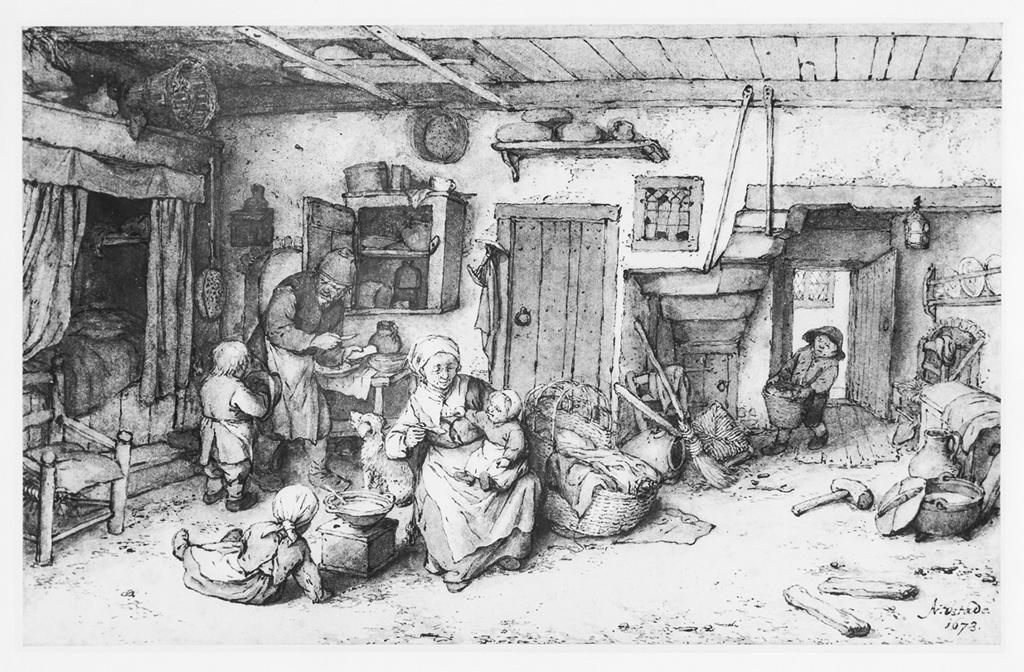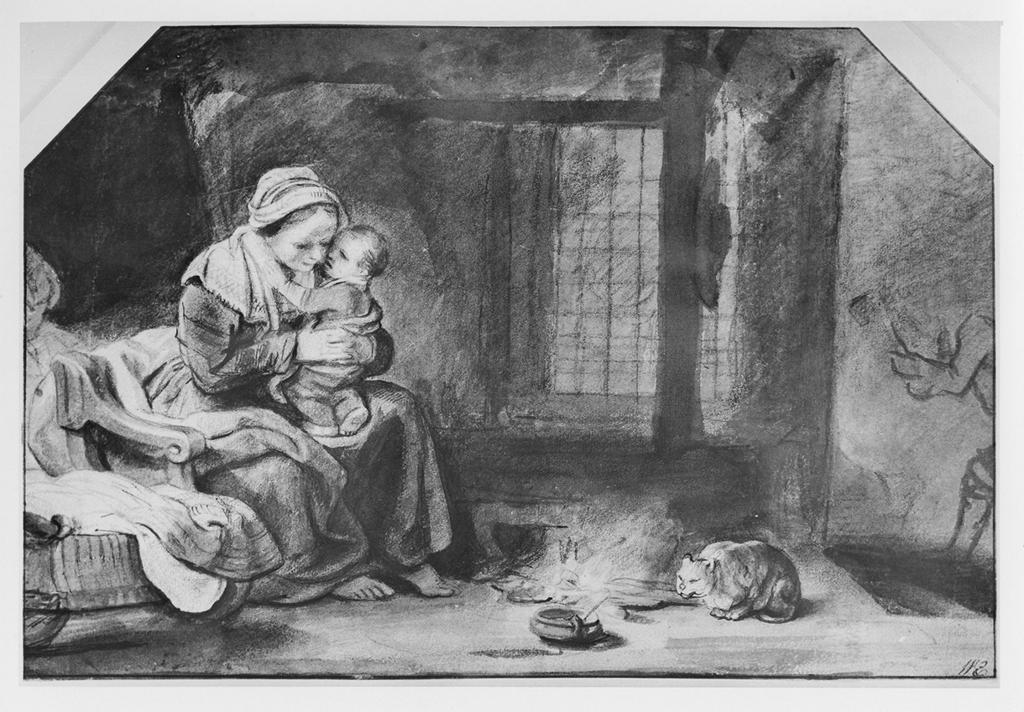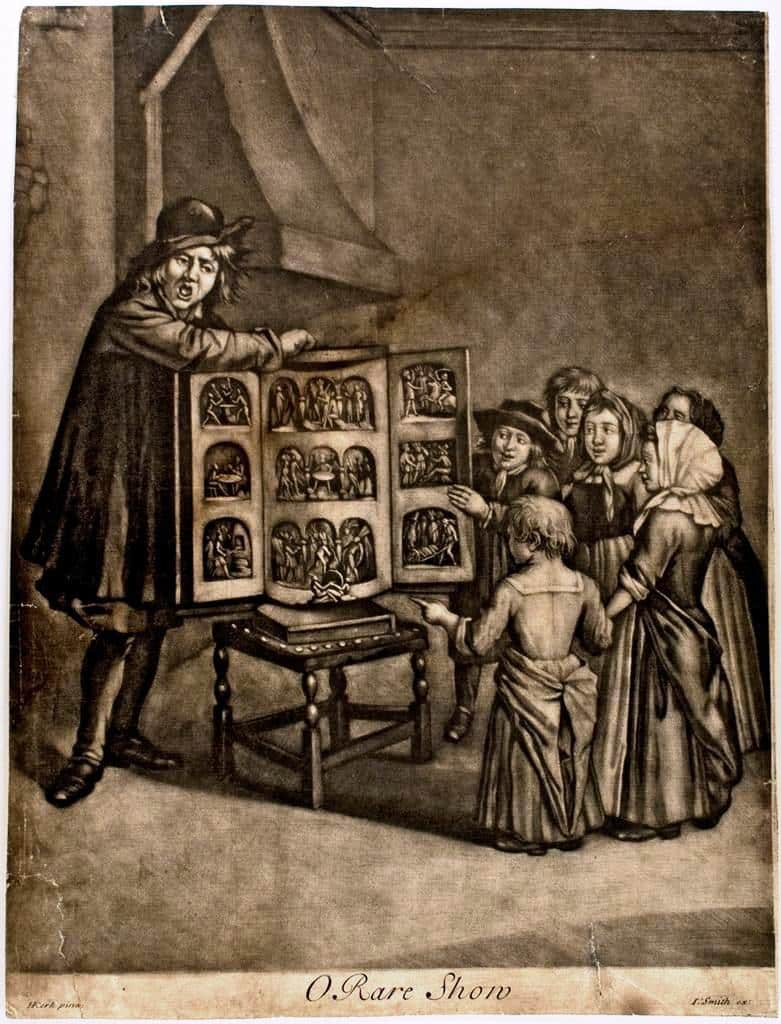
For reservations to experience “nkwiluntàmën: I long for it; I am lonesome for it (such as the sound of a drum)” by Indigenous artist Nathan Young, please go to https://nkwiluntamen.com/
How to Raise Your (Colonial) Kids!
- July 17, 2013
- Posted By: Pennsbury Manor
A child’s life today is quite different from that of a 17th-century child. Having children was necessity for the survival of a family. It was common for colonial households to have large families, but there was also a high mortality rate. Charms and remedies were often made to try and protect babies from death. Children helped their parents take care of household chores and worked in their family’s store, workshop, or farm.

Just like today, there were many different theories on how to raise children properly. Some of their ideas seem outrageous by today’s standards. From birth the midwife would shape the babies’ head to smooth it out and the infant would be fully swaddled, for a time, to insure their limbs grew in straight. Babies were also considered savage creatures that must be civilized, so crawling like an animal was not allowed. Instead, they would learn first to stand upright, often using the popular “standing stool,” and then how to walk.

Thomas Locke’s Some Thoughts Concerning Education published in the 1690s had many readers in Colonial America. Locke suggested regularly dipping your child’s feet in cold water, and having shoes so thin, water leaked in. Locke also suggested playing in open air and dancing as recommendation for good health of children. His suggestion of any sort of frequent bathing was a radical idea as the English rarely bathed. He also suggested a diet for children with regular milk, which would have been important added nutrition. Though some of Locke’s suggestions may not seem radical to us now, they were extremely radical for the times.

By Amanda Rockwood, Intern